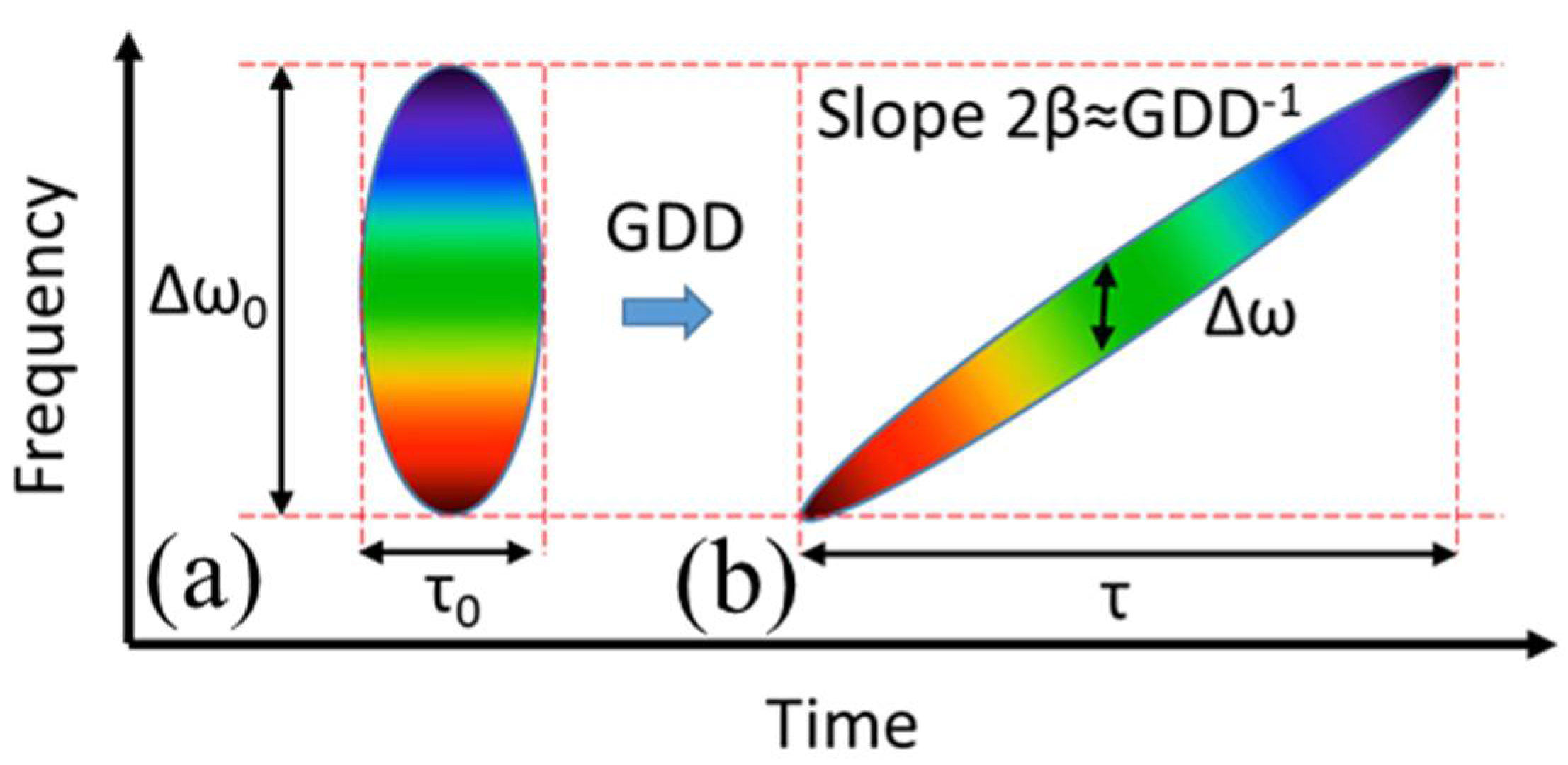Contents

Source: SlidePlayer
Understanding Bandwidth-Limited Light Pulses
What are Bandwidth-Limited Pulses?
A bandwidth-limited light pulse, also known as a transform-limited pulse, is a pulse that is as short as its spectral bandwidth allows. In simpler terms, it means that the pulse duration is minimized based on its spectral characteristics.
Time-Bandwidth Product
The time–bandwidth product of a pulse is a key parameter in determining its bandwidth-limited nature. For example, different pulse shapes like sech2 and Gaussian have specific time–bandwidth product values, which dictate their corresponding spectral bandwidths.
Spectral Bandwidth and Fourier Transforms
The spectral bandwidth of a pulse is directly related to the Fourier transform of its electric field. Short pulses inherently have broader spectral bandwidths due to mathematical principles governing Fourier transforms, rather than physical properties of the pulse generation process.
Bandwidth-Limited Pulse Characteristics
Another aspect of bandwidth-limited pulses is that their peak power reaches the maximum allowed by the optical bandwidth, ensuring a flat spectral phase. While this criterion doesn’t always result in the shortest pulse duration, it is crucial in maximizing peak power.
Chromatic Dispersion and Pulse Compression
When a transform-limited pulse travels through a medium, effects like chromatic dispersion can alter its time–bandwidth product by introducing a chirp. Dispersion compensation techniques, such as dispersive pulse compression, can restore the pulse to its original duration by removing this chirp.
Applications in Mode-Locked Lasers
Mode-locked lasers, particularly soliton mode-locked solid-state lasers, are capable of generating nearly bandwidth-limited pulses. This characteristic is highly beneficial in applications like optical communications, where minimizing temporal broadening is essential.
For further reading, you can explore resources on Fourier spectra and related topics to deepen your understanding of bandwidth-limited light pulses.

Source: MDPI
Feel free to comment your thoughts.



